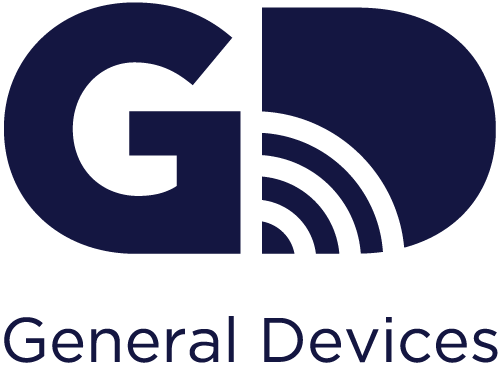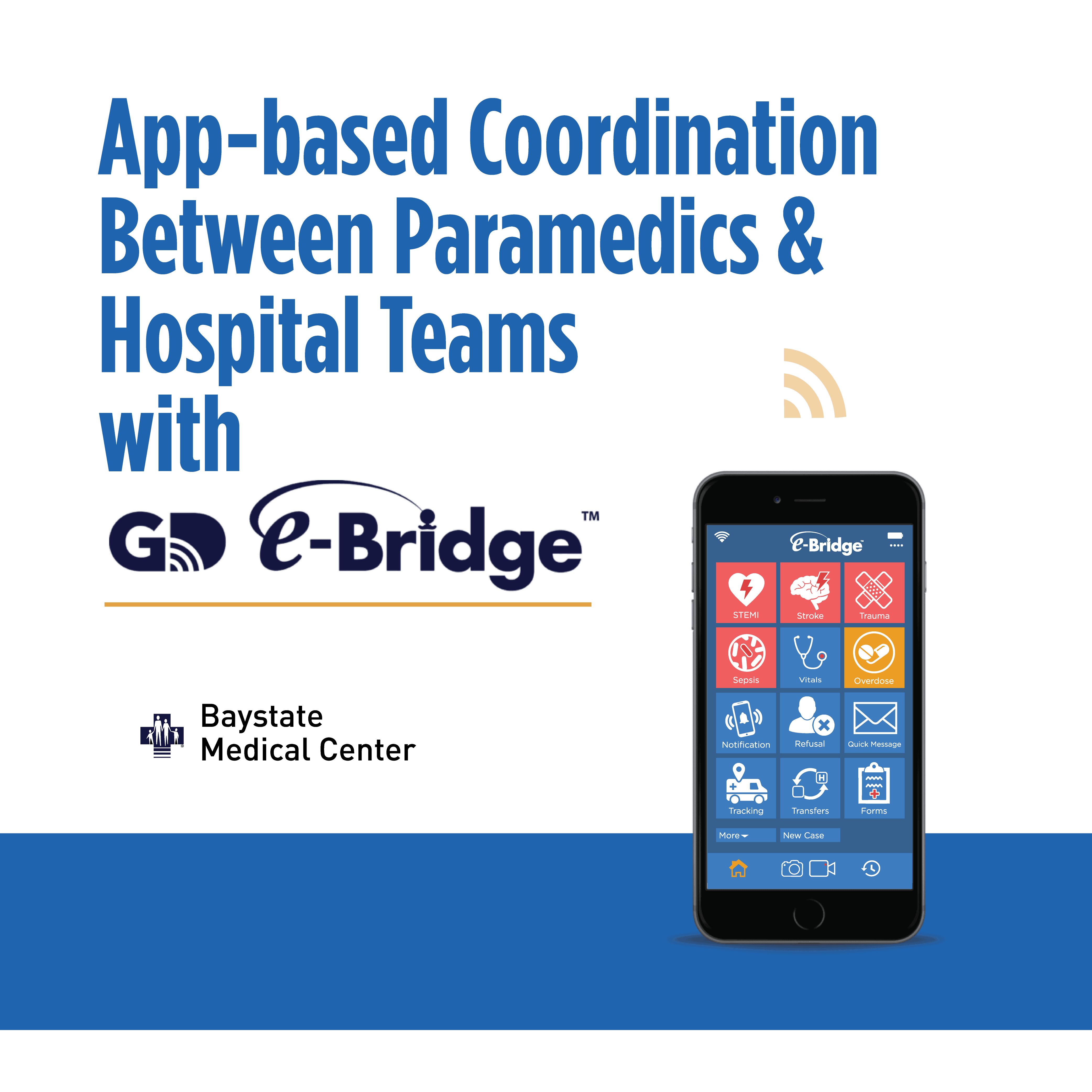Baystate Decreases Average STEMI treatment by 10 Minutes
Over the past two years, GD and Baystate Medical Center in Western Massachusetts have been working together to improve Baystate’s process and patient care for STEMI, trauma, stroke and general medical care. The area’s only Level 1 Trauma Center, Baystate has 716 beds, sees over 110,000 patients a year, receives an average of 120 ambulances each day and is the community’s major referral hospital.
When a STEMI occurs, everyone from EMS to the team performing life-saving PCI procedures is under pressure to act fast. Although coordinating the moving parts of STEMI care so quickly can be difficult, Baystate was able to shave 10 minutes off their average D2B time by using GD’s mobile telemedicine app e-Bridge.
“Time is muscle,” said Alina Capatina, MSN, program coordinator for acute coronary syndrome and STEMI at Baystate. “The faster you can open up the artery, the better you can reduce the chance of future heart failure and death. Even five minutes can make a great difference.”
Baystate configured e-Bridge for easily intaking STEMI patients and trained EMS, ED and catheterization lab teams to use the app module on their phones, tablets and computers. With HIPAA secure messaging, live video telehealth, and one-touch alerts, the e-Bridge STEMI Module provides Baystate with rapid access to patient information, reduces bottlenecks and constraints and allows for tracking of time-stamped case data.
The medical center’s success with e-Bridge was recently featured in an article from The American Association for the Advancement of Science’s news service EurekAlert! and presented at the American College of Cardiology’s 70th Annual Scientific Session.
Prior to using e-Bridge, ED and acute care teams didn’t hear about incoming STEMI patients until they were about five minutes away—even when they had been en route for some time. The communication e-Bridge has afforded EMS and hospital teams has made all the difference.
With e-Bridge “everybody who is taking care of a patient is able to communicate on one platform much earlier, even when the paramedic is still in the patient’s home,” Capatina told EurekAlrert! “This lets us mobilize the cardiology team a lot quicker, which means we can be with the patient much faster.”
Having the ability to communicate as quickly and clearly as possible puts EMS and hospital teams in the best position to save the lives of STEMI patients. To learn more about how incorporating e-Bridge into your STEMI protocol could improve your D2B times, visit https://general-devices.com/contact-us/.
About GD (General Devices)
Founded in 1979, GD is a Ridgefield, NJ-based provider of mobile telemedicine and telehealth solutions that help first responders, medical facilities and community paramedicine providers deliver smarter, expedient patient care. Powered by responsive innovation, GD’s user-friendly communications solutions facilitate secure, mobile communications and rapid data sharing across acute and non-acute care teams to help save time—and lives. Backed by a 40-year history and hundreds of implementations, GD is a widely revered industry leader.


